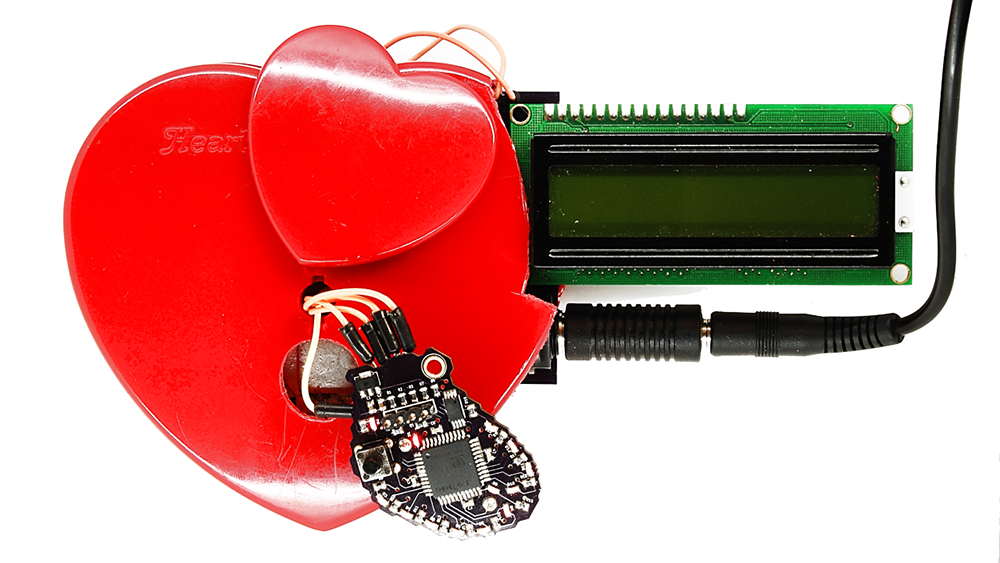By day, I am a cardiovascular surgery nurse and by night I am an electronics learner and tinkerer. I decided to combine both of my loves into one project – a cardiac simulator. It is my hope that it will become a good resource for both healthcare givers as well as patients. Healthcare givers can use the cardiac simulator as an inexpensive learning tool and patients can use the cardiac simulator to better understand and visualize their conditions.
Use of Microcontroller:
The project’s peripherals rely solely on the Parallax Propeller microcontroller for direction and function. Propeller code is used to initiate and define rhythm parameters, respond to switches, drive the LCD, pulse generator, HR receiver and audio simulator.
Innovation:
Most physical cardiac simulators that healthcare providers work with are heavy, bulky, and prohibitively expensive. They usually lack mobility and require an extensive system of electronics to function (Zoll Defibrillator for visualization, dummy with pulsatile points or sound generator with customized stethoscopes for audio simulation). Each component unnecessarily costs in the hundreds or thousands. The cardiac simulation I have created costs less than 50 dollars, is mobile, and is capable of simulating the electrical activity, auscultated audio, and palpated pulse of 17 different rhythms, and even interface with the Polar heart rate receiver, reflecting basic cardiac activity of the user.

